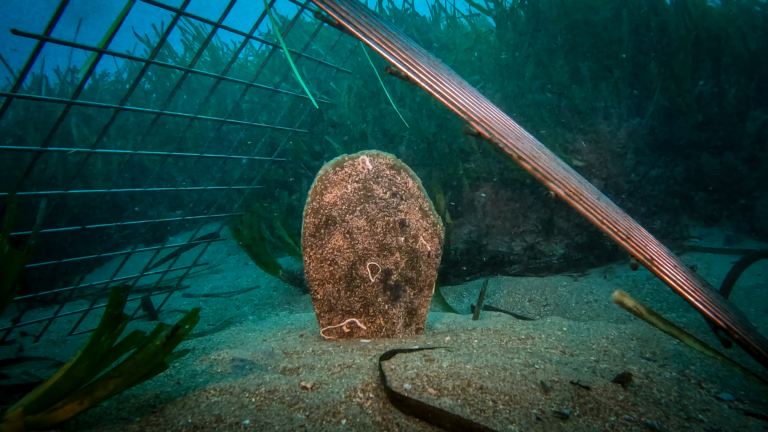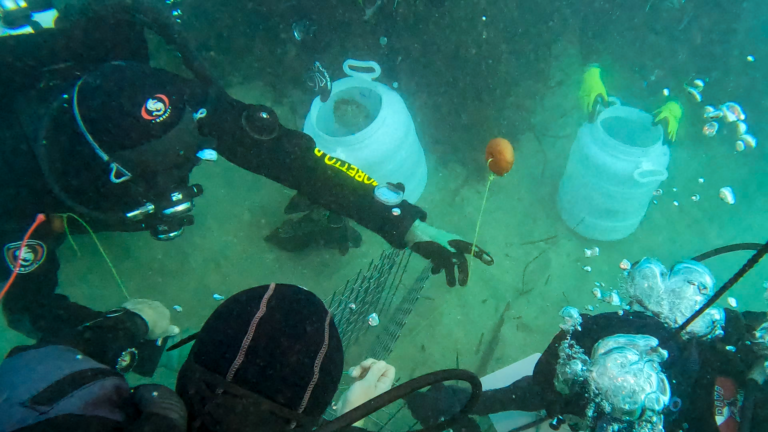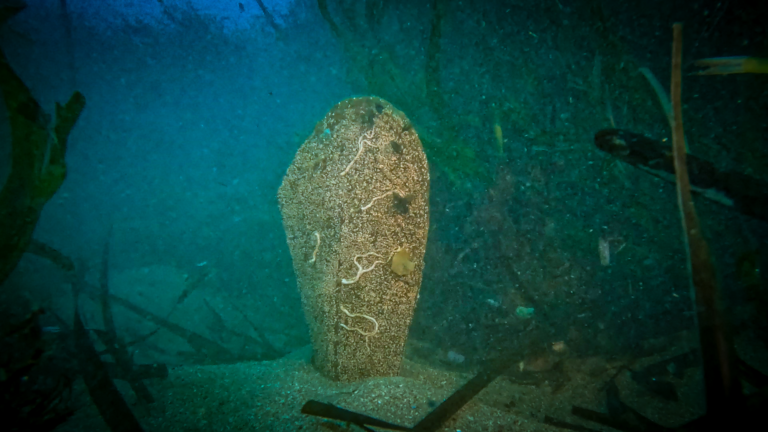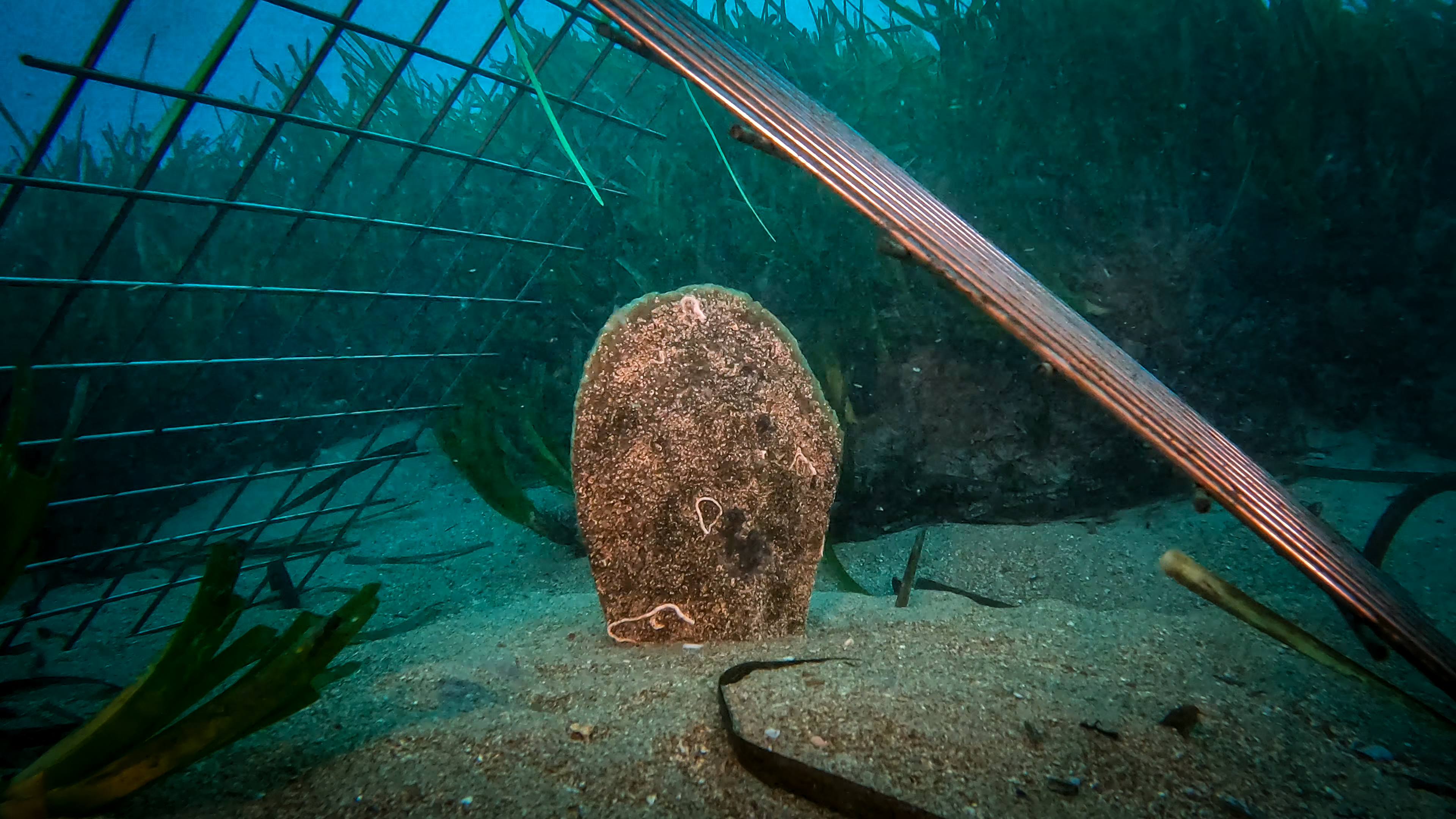The first fin transplant performed in the Ligurian Sea

In recent days, one of the most significant actions since the beginning of the European project has been carried out. Following a complex bureaucratic process, the Liguria Region has granted authorization to the researchers of Life Pinna to conduct transplants of Pinna nobilis individuals into the sea, which have been raised in laboratories’ tanks in recent months. On December 14th, in the protected waters of Capo Mortola, near the border with France, the successful operation of planting four individuals from the laboratory in Camogli took place. These individuals had been housed there for several months after being collected from the Venetian Lagoon. “Our aim was to return them to the sea to allow them to experience as soon as possible the natural conditions necessary for their well-being and sexual maturation. However, we needed confirmation from colleagues at the University of Sassari, who repeatedly conducted genetic analyses for any pathogens, confirming that the specimens were negative” explained Mariachiara Chiantore, a professor at the DiSTAV of the University of Genoa.
To obtain authorization for the transplant, the lead partner of LIFE Pinna, Arpal, intervened. “Our transplant involves repopulating a native species within a Natura 2000 network site” clarified the coordinator, Daniela Caracciolo. “For this reason, the Region requested an impact assessment, evaluating the effects this intervention might have on other species and habitats of conservation interest. The report was developed in collaboration with colleagues from the Centro del Mare at Arpal, seeking advice from the managing body of the Marine Protected Area of Capo Mortola. After obtaining other necessary authorizations, including the latest one from ISPRA, we were able to proceed with the fin transplant” concluded the coordinator. The operations took place under acceptable weather and sea conditions. Researchers from the Centro del Mare at Arpal, the University of Genoa, and Shoreline, under the latter’s coordination, submerged to transplant the fins onto specific suitable seabed areas, previously identified during site visits. A special metal grid was also placed around each individual to protect them from potential mechanical damage and objects carried by the current. In the coming weeks, periodic monitoring will begin to check the health status of the bivalves.






